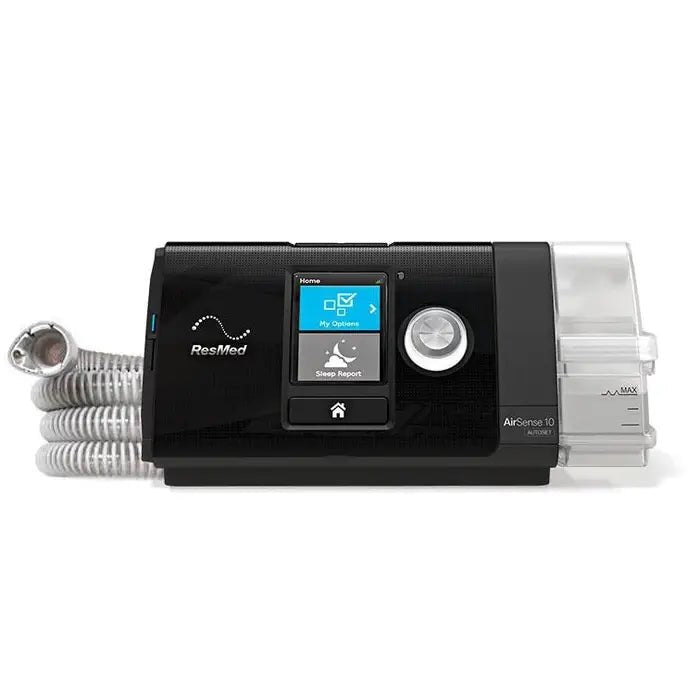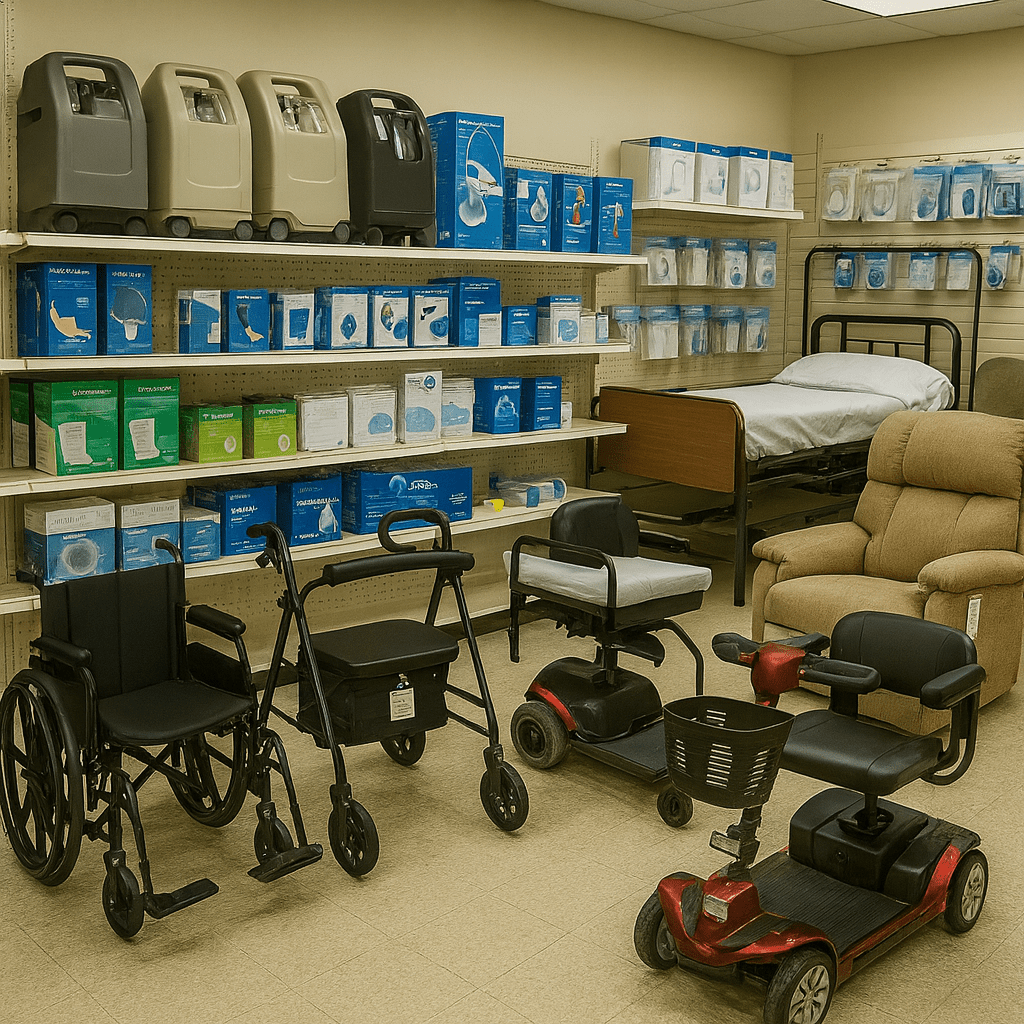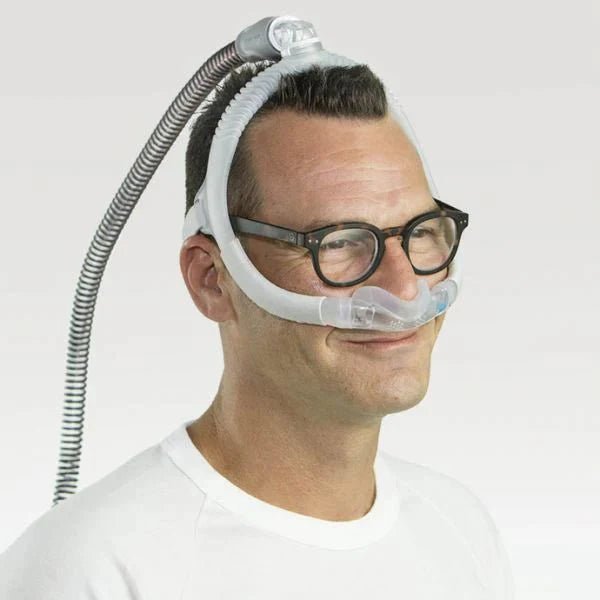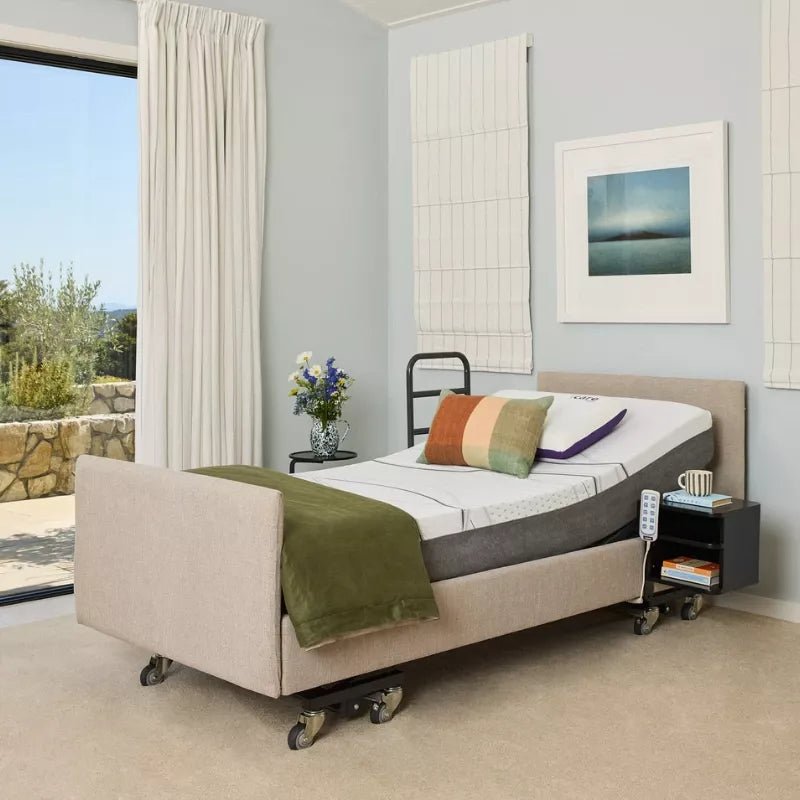A CPAP (Continuous Positive Airway Pressure) machine is an essential device for individuals with sleep apnea. It delivers a steady stream of air through a mask to keep airways open during sleep, significantly improving the quality of life for users. Traveling by air with a CPAP machine presents unique challenges, including ensuring the device's safety and complying with airline regulations. Packing your CPAP machine properly is crucial to avoid damage and meet airline requirements. This guide will provide you with comprehensive packing tips and essential information on how to pack a CPAP machine for air travel. By following these guidelines, you can ensure that your medical equipment stays safe and functional throughout your journey.
Understanding Airline Regulations for CPAP Machines
Airline regulations regarding the transportation of medical devices, including CPAP machines, are crucial to ensure a hassle-free journey. Most airlines allow you to carry your CPAP machine as an additional carry-on item without extra charges. However, it's essential to notify the airline in advance about your medical equipment to avoid any surprises at check-in.
FAA Guidelines and Compliance
Compliance with FAA guidelines is mandatory when using a CPAP machine during flights. The FAA requires that medical devices meet specific safety standards and be approved for in-flight use. Your CPAP machine should have a label indicating its compliance with FAA regulations, which can typically be found on the device or in the user manual.
Consequences of Non-Compliance
Failing to adhere to airline regulations can lead to significant consequences: Delays at Security Checkpoints: Non-compliance may result in additional inspections or even confiscation of your device. Denied Boarding: Airlines may refuse boarding if they believe your medical equipment poses a safety risk. Potential Fines or Legal Issues: Non-compliance with FAA guidelines can attract penalties or legal actions. Understanding these regulations and ensuring your CPAP machine complies with them will help you avoid unnecessary stress and complications during your air travel.
Packing Your CPAP Machine Safely and Securely
Ensuring the safety of your CPAP machine during air travel is crucial. Here are some packing tips:
Best Practices for Packing
Place the CPAP machine in its dedicated carrying case. This reduces the risk of damage. Position the device in the center of your bag, surrounded by soft items like clothing or towels to cushion any potential impacts.
Recommended Carrying Cases
Using the right carrying case can make a significant difference in protecting your CPAP machine. Consider these options: Hard-shell cases: Provide robust protection against bumps and drops. Padded soft cases: Offer a balance between protection and portability.
Importance of Soft Padding
To prevent damage, it's essential to use soft padding around your CPAP machine. Some methods include: Wrapping the machine in a soft towel. Using bubble wrap or foam inserts inside the carrying case. Adhering to these guidelines will help keep your CPAP machine safe, ensuring it arrives at your destination ready for use.
Avoiding Checked Baggage: Why You Should Keep Your CPAP Machine in Carry-On Luggage
When considering how to pack a CPAP machine for air travel, ensuring its safety and accessibility is paramount.
Risks of Checking in Your CPAP Machine
Checking your CPAP machine as luggage poses several risks: Potential Damage: Checked baggage undergoes rough handling, increasing the likelihood of damage to sensitive medical equipment. Loss: Airlines occasionally misplace checked bags, which could leave you without your essential device.
Advantages of Keeping the Device in the Cabin
Keeping your CPAP machine with you in carry-on luggage offers numerous benefits: Easier Access: Having the device in the cabin allows for quick access should you need it during the flight. Peace of Mind: Knowing that your CPAP machine is safe from potential mishandling or loss provides significant peace of mind. By choosing to carry your CPAP machine onboard, you mitigate these risks and ensure that your vital medical equipment remains secure and accessible throughout your journey.
Necessary Documentation for Traveling with a CPAP Machine
When traveling with a CPAP machine, it's crucial to have the appropriate documentation to ensure a hassle-free experience at security checkpoints and during your flight.
Key Documents to Carry:
Valid Prescription: Always carry a copy of your prescription for the CPAP machine. This serves as proof that the device is medically necessary. Compliance Letters: Obtain and bring along compliance letters from your doctor or CPAP supplier. These letters typically state the medical necessity of the CPAP machine and may include compliance with FAA regulations.
Importance of Readily Accessible Documents
Security Checkpoints: Having these documents easily accessible can significantly expedite the screening process. Security personnel may require verification that your CPAP machine is a medical device. Boarding and In-flight Use: Airlines might request to see these documents to allow the use of your CPAP machine during the flight, especially if you plan to use battery power. Keeping these documents organized in an easily reachable part of your carry-on can save you time and reduce stress, ensuring you have smooth travels with your essential medical equipment.
Navigating the TSA Screening Process with Your CPAP Machine
Traveling with a CPAP machine means you'll need to navigate the TSA screening process with care. Here's what you can expect and how to prepare:
What to Expect During TSA Screening
Machine Removal: Be prepared to remove your CPAP machine from its carrying case for inspection. The device will go through the X-ray scanner separately. Visual Inspection: TSA officers might conduct a visual inspection of your CPAP machine. This could include swabbing for explosive residue. Additional Checks: Sometimes, additional inspections are necessary. This might involve further scrutiny of your device and accompanying accessories.
Steps for Smooth Processing
Notify Officers: Inform TSA officers that you're carrying a medical device as soon as you approach the security checkpoint. Clear communication can help expedite the screening process. Use a Clear Plastic Bag: Place your CPAP machine in a clear plastic bag when removing it from its case. This helps keep the device clean and signals its medical importance to TSA officers. Keep Documentation Handy: Carry documentation, such as a prescription or compliance letter, and keep it accessible. Presenting these documents can facilitate smoother interactions during the security checks. By understanding and preparing for the TSA screening process, you can ensure your CPAP machine is handled correctly and minimizes delays at security checkpoints.
Checking Airline Policies on Using CPAP Machines During Flights
Understanding each airline's specific policies regarding the use of CPAP machines onboard is crucial. Airlines may have different rules and guidelines, making it essential to check with your carrier before flying. Begin by visiting the airline's official website or contacting their customer service for detailed information. Look for sections dedicated to medical devices or special accommodations. When it comes to battery requirements, it's imperative to know what type of batteries are allowed and if there are any restrictions. Some airlines may require you to use only FAA-approved batteries, while others might have limits on the number of spare batteries you can carry. Ensure that your CPAP machine has sufficient battery life for the duration of your flight, especially if it's a long-haul trip.
Key points to consider:
Check Airline Websites: Most airlines provide comprehensive information about medical equipment and CPAP usage in their FAQ or special assistance sections. Contact Customer Service: If you cannot find the necessary details online, call the airline directly to clarify any doubts. Battery Guidelines: Verify if your portable device's batteries comply with FAA regulations and airline-specific rules. Ensure they are properly packed and accessible. Being informed about these policies helps avoid any last-minute surprises at the airport, ensuring a smoother travel experience with your CPAP machine.
Packing Additional Supplies for Your Trip with a CPAP Machine
When traveling with a CPAP machine, having backup supplies is crucial to ensure uninterrupted therapy. Consider packing the following essential items: Extra masks and tubing: These components can wear out or become damaged during travel. Having backups ensures you won't be left without vital parts of your CPAP system. Filters: Bring spare filters to maintain air quality, especially if your trip extends beyond a week. Cleaning wipes: Handy for quick clean-ups and maintaining hygiene. For longer trips, think about your water supply: Distilled water: Essential for humidifiers in CPAP machines to prevent mineral build-up. Check TSA guidelines to see if sealed bottles meet liquid restrictions. Sealed water bottles: If distilled water is unavailable at your destination, carry TSA-compliant sealed bottles as an alternative. Packing these additional supplies can mitigate potential issues and ensure smooth operation of your CPAP machine throughout your travels.
Choosing Travel-Friendly Features in Your CPAP Machine Designation
When selecting a CPAP machine for travel, specific features can significantly enhance your experience. Durability and compactness are crucial aspects to consider. Compact Size: Travel-ready machines are often smaller and









